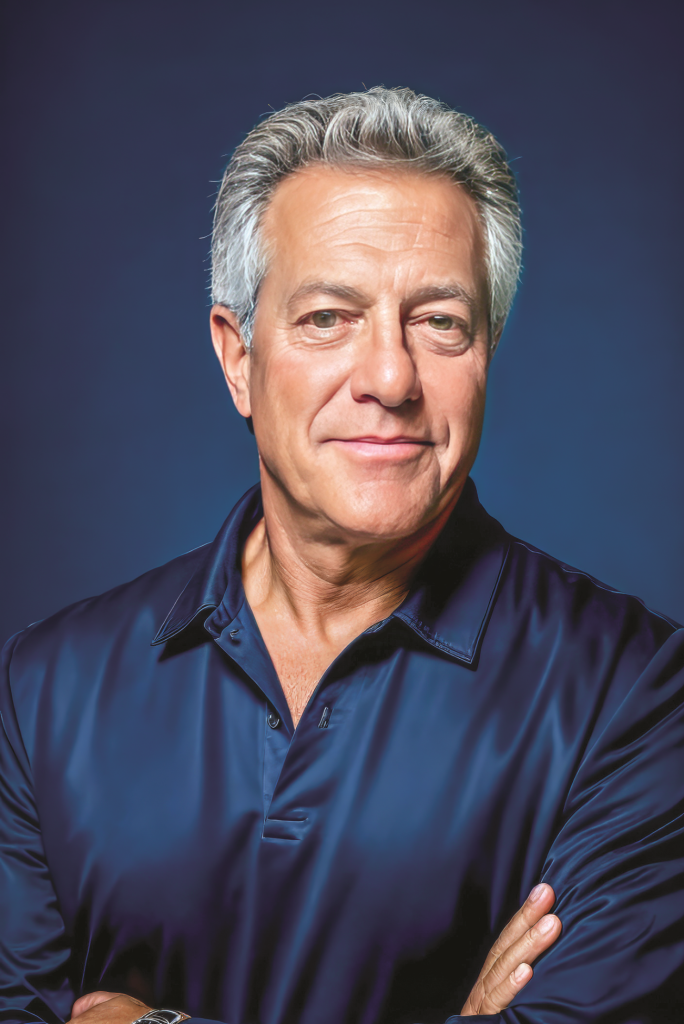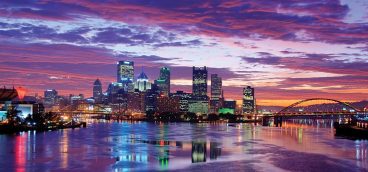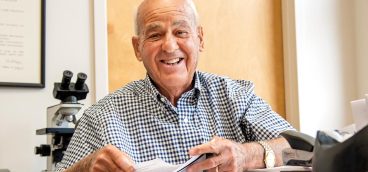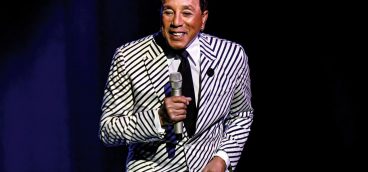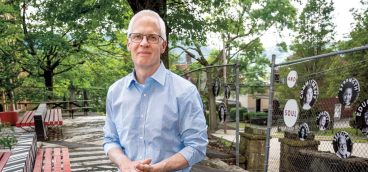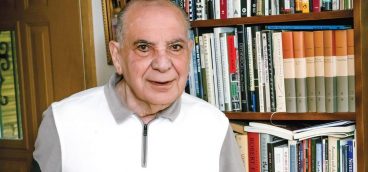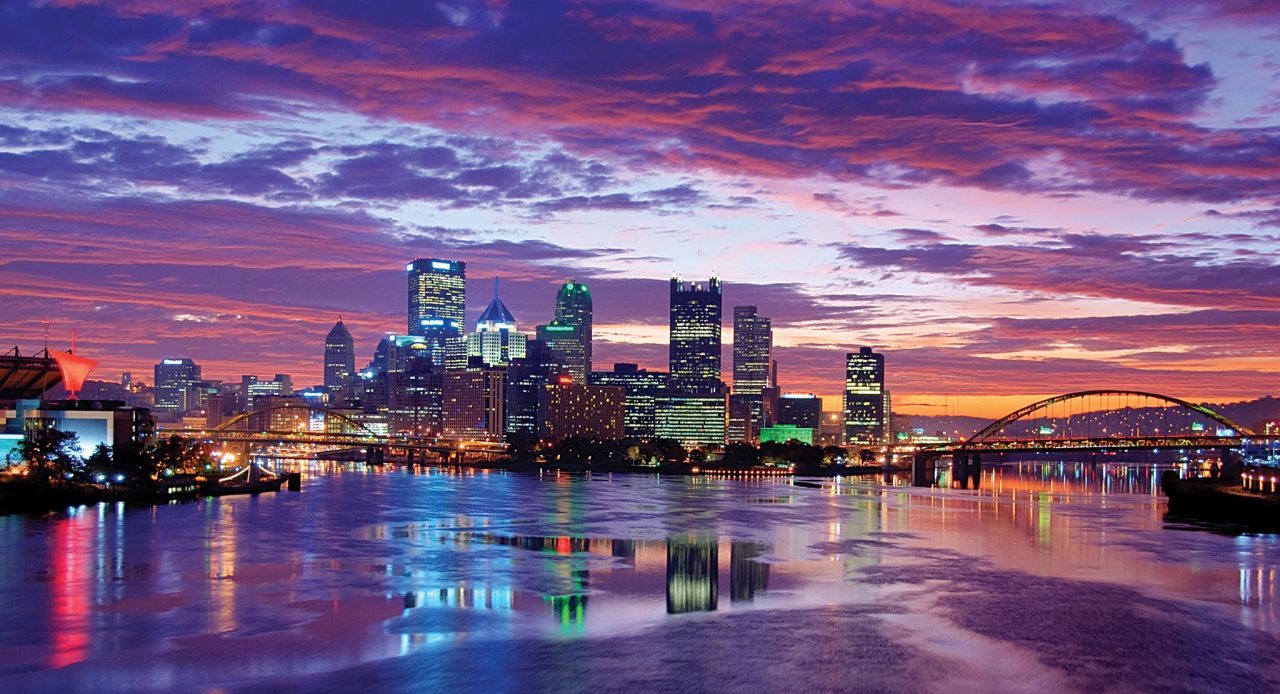
Editor’s note: We invited 13 regional leaders to give their thoughts on how to revitalize and reinvigorate Downtown Pittsburgh. Despite numerous emails back and forth with the communications staff of Pittsburgh Mayor Ed Gainey from March 15 to April 20, the Mayor did not offer his thoughts on Downtown Pittsburgh. The responses of 12 other leaders follow.
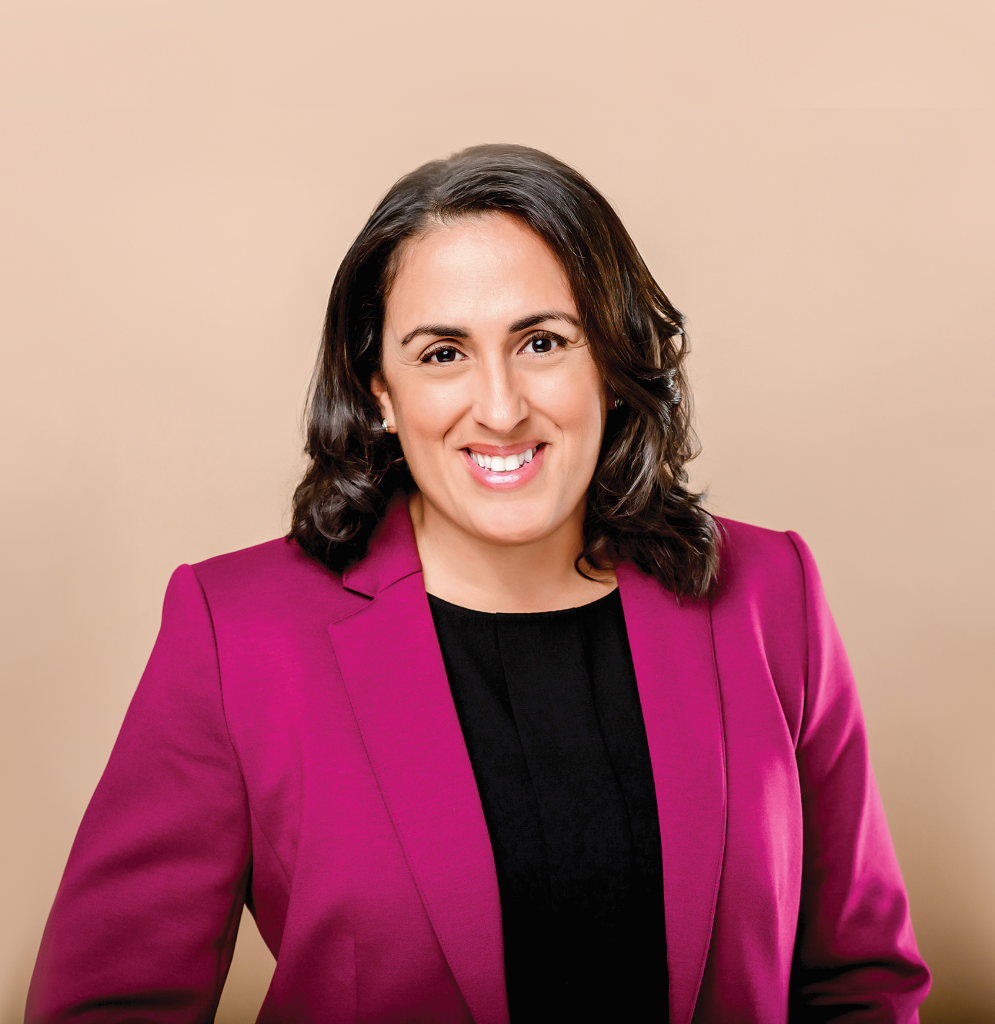
KENDRA WHITLOCK INGRAM, PRESIDENT & CEO, PITTSBURGH CULTURAL TRUST
Returning to Pittsburgh in early 2023 to begin my tenure as president and CEO of the Pittsburgh Cultural Trust was a special homecoming for me. It wasn’t just about the new position; it was also about witnessing the remarkable transformation of the Cultural District, a place I knew well from my days as a student at Duquesne University in the mid‘90s.
Having lived and worked in numerous cities across the country, I have come to appreciate the unique blend of amenities and natural beauty that Downtown Pittsburgh offers. Its beautiful skyline and walkable one-mile radius filled with arts, culture, entertainment, sports, restaurants, bike paths, and rivers is one-of-a-kind.
Like many urban centers, Downtown Pittsburgh is not without its challenges, particularly with increased remote work and office vacancies. However, I view these challenges as an exciting opportunity to reimagine Downtown as more than just a business hub. It’s a chance to create a vibrant community that encompasses business, residential living, and leisure activities — a sought-after destination for visitors across the region and beyond.
While we’ve excelled in attracting visitors Downtown for concerts, sports, and performing arts, there is room for growth. By offering more amenities such as restaurants, retail, and recreational spaces, we can enrich the visitor experience and encourage longer stays. Additionally, public art installations can elevate the Downtown experience by creating space for more casual interactions. The Cultural Trust plans to “lean into” this opportunity with increased public art activations that inspire and spark joy.
One of the most exciting things I’m seeing Downtown right now is a spirit of collaboration from a variety of stakeholders, all of whom are working together to make Downtown clean, safe, vibrant, and fun. The Allegheny Conference on Community Development, City of Pittsburgh, Allegheny County, Pittsburgh Downtown Partnership, Downtown Neighbors Alliance, Point Park University, Riverlife, Visit Pittsburgh, and many other public and private partners have convened over the last six months to strategize plans to improve Downtown.
We know from experience that Pittsburghers can create positive change when collaboration is at the heart of the approach. I am personally energized by the work happening to improve Downtown and am very optimistic about the pivotal role the Cultural Trust can play in making it one of the most dynamic destinations in the country.
AARON STAUBER, PRESIDENT, RUGBY REALTY
We call ourselves the “City of Champions,” but we are losing the fight to save Downtown. Cleveland’s conversion rate from office to residential is 11 percent while Pittsburgh’s trails far behind at close to zero. Those who care deeply about our city must look in the mirror and realize that while we currently have multiple organizations who are charged to plan wisely for the future of Downtown, we must immediately convene a “coalition of the willing” to drive critical incentives to solve the greatest fiscal challenge in the city’s modern history — vacant office buildings. This is why a Downtown Conversion Action Group, one that includes office conversion developers, civic, cultural and public-sector leaders is needed now.
As the owner of over three million square feet of commercial office space Downtown, including the Frick Building, Gulf Tower, Koppers Building, and a slew of buildings on Penn and Liberty avenues — I have seen what thoughtful leadership can do. In the mid-’90s to early 2000, I collaborated with former PNC CEO Jim Rohr, former Mayor Tom Murphy, cultural and foundation leaders to clean up Liberty Avenue’s “red light district.” This was a very powerful public and private effort. If you took away one stakeholder from the equation, it wouldn’t have happened. It took everyone working together with a common goal — clean up the blocks and revitalize them. To do that, we needed safety, cultural amenities and, yes, developers.
Not having an organized effort focused on advancing office conversions, and not giving developers a meaningful seat at any number of Downtown-related working groups’ tables inhibits the intellectual discussions and understanding needed to solve the challenges tanking Downtown. If you imagine a world where half of Downtown’s office buildings are vacant, the net result would be that the city’s largest source of revenue — real estate taxes — is crushed, and crime is rampant because vacancy is often its preamble. Unfortunately, current data point to this condition being an imminent reality: In only three years, 46 percent of Downtown office space will be vacant if we don’t correct the course. This challenge can be solved only with the developers at the table with philanthropic, corporate and governmental leaders.
In today’s high-cost and high-interest rate environment, conversion projects do not generate an acceptable investment return without significant incentives. This is why we need a conversion action group to push for a holistic and competitive conversion program that creates jobs and grows desperately needed tax revenue.
We only need to look to our neighbors to learn what to do: a strong tax abatement program; low-interest subordinate debt; and an increase of the state historic tax credit. Cleveland’s program cut the permitting red tape and closed financial gaps with 100 percent, 15-year tax abatements, historic tax credits, and tax increment financing. Philadelphia offers a 100 percent tax abatement on Downtown conversions and Washington, D.C. offers a 29-year tax abatement incentive. Pittsburgh, which is losing population, can’t afford to continue to lag behind. Existing efforts, to be lauded, have put us at the 50-yard line; let’s get to the end zone.
Leadership from Sen. Wayne Fontana to expand the state’s tax abatement to 20 years and Councilman Bobby Wilson’s efforts to uncap the city’s tax abatement program tell me that there is a coalition of the willing. If these measures pass, the final pieces needed to drive Downtown redevelopment can be tackled swiftly by such a coalition. The pieces of the puzzle exist. The Allegheny Conference’s Strategic Investment Fund exists to provide subordinate financing that gets critical projects to the finish line. What is more critical than saving Downtown? And a measure to increase the state historic tax credit is already moving with state legislation and broad support.
The bottom line is that all downtowns are distressed. And when you are in a distressed market, you either incentivize growth or the “doom loop” takes down blocks like a tornado. The latter scenario is at our heels and this is why we must create a fast-thinking, fast-acting group that gets the job done.
